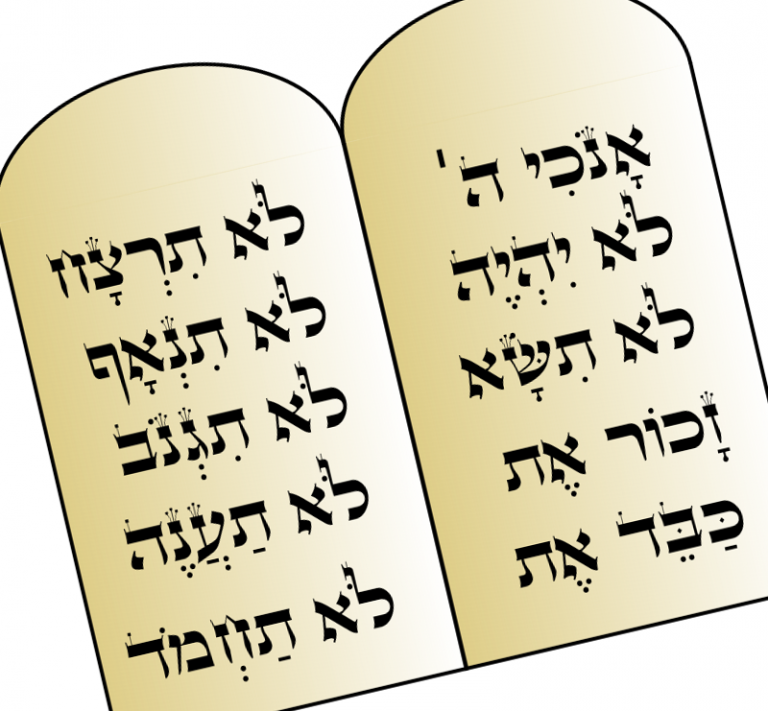Another Note on Deuteronomy 32:43
In my previous post on this passage I stated that I was ignoring one textual issue that was really quite minor, but on thinking about it, it seems to me that it will illustrate one of the points that makes textual criticism of the Hebrew Bible different.
We have relatively few Hebrew manuscripts, and most of those are quite late. The Dead Sea Scrolls provide us with fragmentary evidence that is much earlier and in Hebrew, but much of the evidence available is found in translations, Greek, Syriac, and Latin primarily, just because of languages that are most commonly known, but also Coptic, Georgian, Armenian, and so forth.
Hebrew was written with only consonants in early times. Indications of the vowels came in two stages, first with vowel letters, and then with a system of pointings (actually more than one, but one became overwhelmingly dominant), dots, lines, and marks that indicated the vowels. Since these vowels were added long after the texts were originally written, based on an oral tradition of pronunciation, most scholars of the Hebrew Bible regard the consonantal text as more established than the pointing.
In Deuteronomy 32:43 we have a case in which a textual variant involves only the pointing. There are two possible readings involved, and again I’m going to summarize the translations that use each option based solely on the Hebrew text they can be presumed to translate.
- with him – CEV, ESV, REB, NLT, NRSV
This is an alternate reading of the Hebrew consonantal text. - his people – JPS, HCSB, TEV
This is the reading of the MT as pointed. - with his people – MSG, NASB, NCV, NKJV, NIV
This reading is supported by some Hebrew mss, and would presumably result from haplography (writing something once when it occurs more than once), because in Hebrew with people-his, would have the same two letter combination twice at the start. Against this reading is the fact that it is both not the dominant reading in the evidence, it might have been created by dittography, and it tends to make the reading more comprehensible. In other words, nobody would want to correct this reading to any of the alternatives, but someone might well want to correct one of the alternatives to this one. Note that 4QDt32 does not have the additional two letters assumed by this reading.
Just to illustrate, let me display the Hebrew text.
This displays the Hebrew consonants that can be read either “with him” or “his people” depending on the vowels.
This displays the Hebrew consonants with vowel pointing for “with him.”
This displays the Hebrew consonants with vowel pointing for “his people.”
The only difference is the straight line under the first (rightmost) consonant. The pronunciation changes from something similar to an English ‘i’ as in ‘bit’ to something like an English ‘a’ as in ‘bat’.
I think a good case can be made for either of the first two options. I think the case for the third option “with his people” is much weaker.



